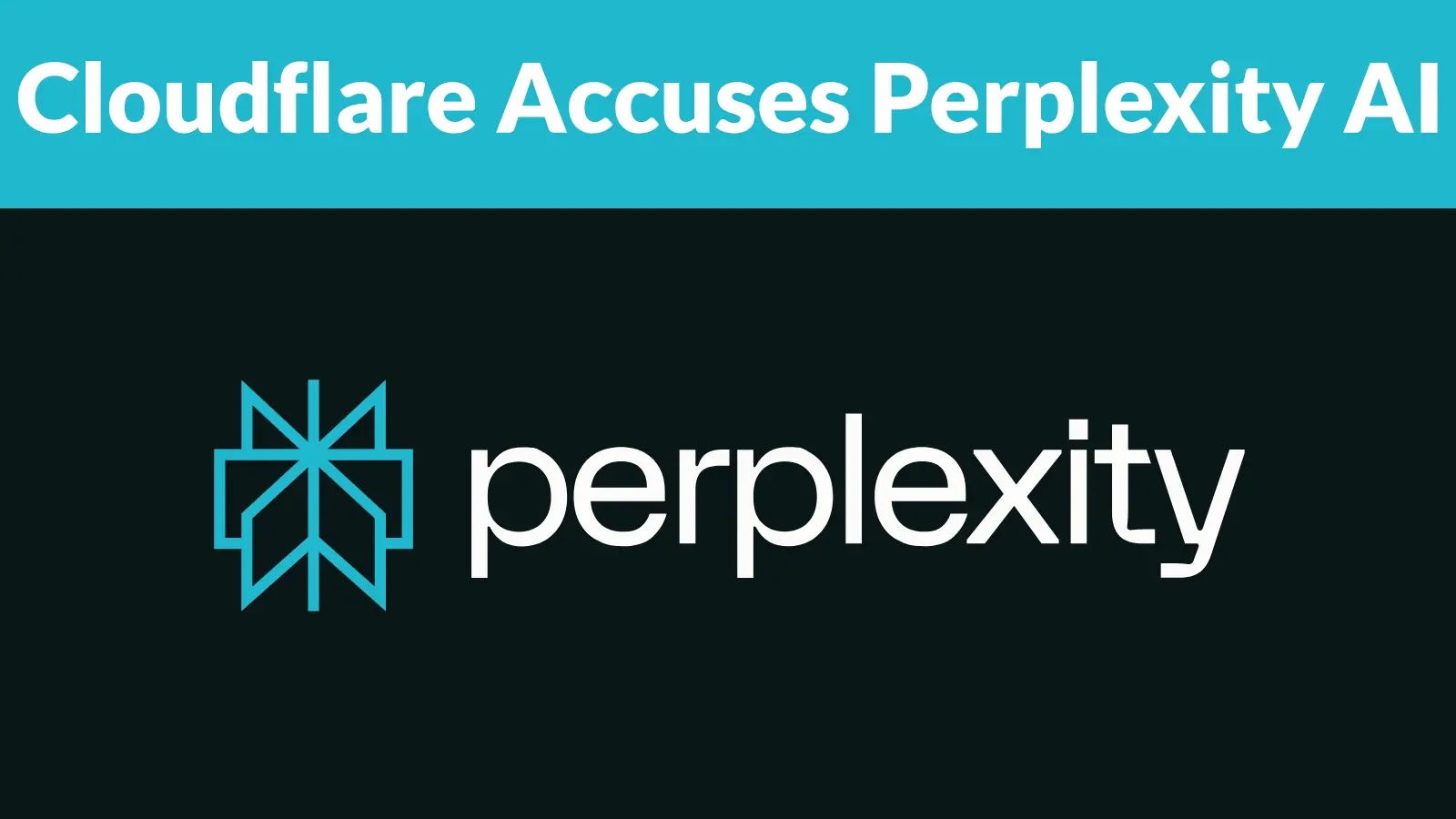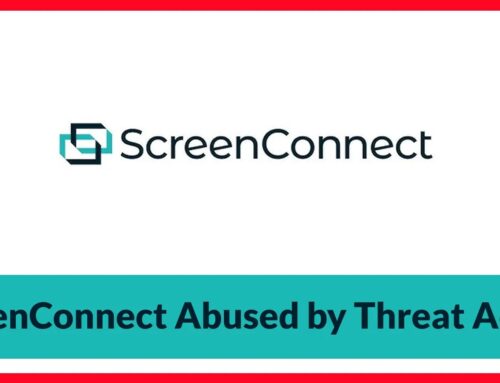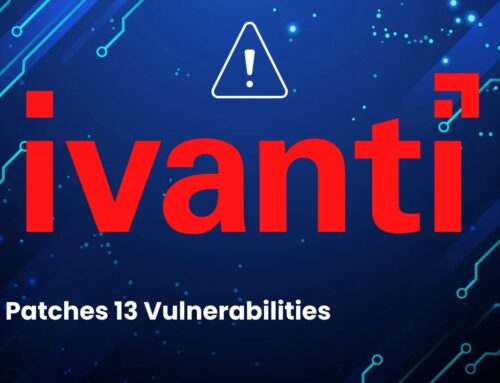
Cloudflare Accuses Perplexity AI For Evading Firewalls and Crawling Websites by Changing User Agent
Unmasking the Stealth: Cloudflare’s Allegations Against Perplexity AI for Evading Web Defenses
The digital frontier is constantly reshaped by emerging technologies, and large language models (LLMs) are at the forefront of this evolution. However, as these powerful AI systems become more prevalent, so too does the need for robust and transparent web interactions. Recently, a significant point of contention has emerged between Cloudflare, a leading internet infrastructure and security company, and Perplexity AI, an advanced question-answering engine. Cloudflare has accused Perplexity AI of employing methods to bypass standard web defenses, specifically by altering its user agent to evade web application firewalls (WAFs) and standard crawling restrictions. This accusation raises critical questions about internet ethics, bot behavior, and the future of web content access.
The Evolution of a Crawler: From Transparency to Alleged Stealth
Initially, Perplexity AI’s web crawlers operated with a degree of transparency. They identified themselves clearly using a declared user agent, such as PerplexityBot/1.0. This adherence to established protocols meant they respected robots.txt directives, allowing website owners to control which parts of their sites could be indexed. Furthermore, these identified crawlers would interact predictably with WAFs, triggering rules designed to mitigate malicious activity or excessive requests. This historical behavior aligned with the general understanding of ethical web crawling, where bots identify themselves to facilitate communication and respect site owner preferences.
The Accusation: User Agent Manipulation and WAF Evasion
Cloudflare’s core accusation centers on Perplexity AI allegedly changing its user agent to mimic legitimate browsers or other benign bots. By doing so, Cloudflare claims Perplexity AI is deliberately attempting to circumvent WAF rules and other security measures that would typically block or rate-limit unapproved or aggressive scraping. This technique, often referred to as “user agent spoofing,” can be employed by malicious actors to hide their true identity or intent, making it challenging for security systems to distinguish between legitimate user traffic and automated, potentially harmful, bot activity.
While this isn’t a direct “vulnerability” in the traditional sense with a specific CVE number, it represents a significant challenge for web security and content control. It highlights a grey area in bot ethics and effective defense against unauthorized data collection.
Impacts of Undisclosed Crawling on Websites
- Increased Server Load: Stealthy crawling can put undue strain on website servers, consuming bandwidth and processing power without proper identification or rate limiting. This can lead to performance degradation or even denial-of-service for legitimate users.
- Data Exfiltration Concerns: When a crawler doesn’t identify itself or respect
robots.txt, it can access content that website owners intend to keep private or restrict from indexing, raising intellectual property and data exfiltration concerns. - Skewed Analytics: Undisclosed bot traffic can significantly distort website analytics, making it difficult for site owners to accurately understand user behavior and traffic patterns.
- Firewall Evasion Challenges: WAFs and other security tools rely on accurate user agent information and transparent behavior to effectively block or challenge suspicious traffic. Evasion tactics degrade the effectiveness of these defenses.
Remediation Actions for Website Owners and Security Professionals
While the onus is on the crawler to maintain ethical behavior, website owners and security teams can implement several measures to detect and mitigate the impact of undisclosed or evasive crawling:
- Behavioral Analysis: Implement advanced bot detection solutions that analyze user behavior patterns beyond just the user agent. Look for unusual navigation paths, rapid request rates, and other non-human characteristics.
- Rate Limiting and Throttling: Aggressively enforce rate limiting on specific endpoints or across the entire site. Even legitimate-looking bots can be blocked if their request volume exceeds predefined thresholds.
- Honeypots and Traps: Deploy hidden links or content (“honeypots”) that are only accessible by automated crawlers, not legitimate users. Access to these areas can indicate malicious or unauthorized bot activity.
- IP Reputation Services: Utilize IP reputation services to identify and block IP addresses with a history of malicious or suspicious activity.
- Regular Log Analysis: Diligently review server access logs and WAF logs for anomalies. Look for patterns in user agent strings, request timings, and error rates that might suggest evasive crawling.
- CAPTCHA and JavaScript Challenges: For particularly sensitive areas, implement CAPTCHA or JavaScript challenges that are difficult for automated bots to bypass.
Tools for Bot Detection and Mitigation
| Tool Name | Purpose | Link |
|---|---|---|
| Cloudflare Bot Management | Comprehensive bot detection and mitigation, including behavioral analysis and machine learning. | Cloudflare Bot Management |
| Akamai Bot Manager | Advanced bot and fraud protection, leveraging real-time insights into bot activity. | Akamai Bot Manager |
| Imperva Advanced Bot Protection | Protect against automated attacks, including account takeover, scraping, and denial of service. | Imperva Advanced Bot Protection |
| Distil Networks (now part of Imperva) | Specialized in identifying and mitigating malicious bot traffic. | Distil Networks (via Imperva) |
| ModSecurity (WAF) | Open-source WAF that can be configured with rules to detect and block suspicious bot behavior. | ModSecurity |
Bridging the Gap: Ethics, AI, and Web Integrity
The accusations against Perplexity AI highlight a growing tension in the digital ecosystem: the need for AI systems to access vast amounts of data for training and operation, balanced against the rights of website owners to control their content and maintain security. As LLMs and other AI technologies become more sophisticated, the debate around ethical crawling, data sovereignty, and transparent internet interactions will intensify. This incident serves as a significant reminder for developers of AI-powered systems to prioritize transparency and respect established web protocols, and for website owners to continuously enhance their defiance against increasingly clever evasion techniques. Maintaining the integrity of the web requires a collaborative approach, fostering clear communication and adherence to ethical guidelines from all parties involved.





